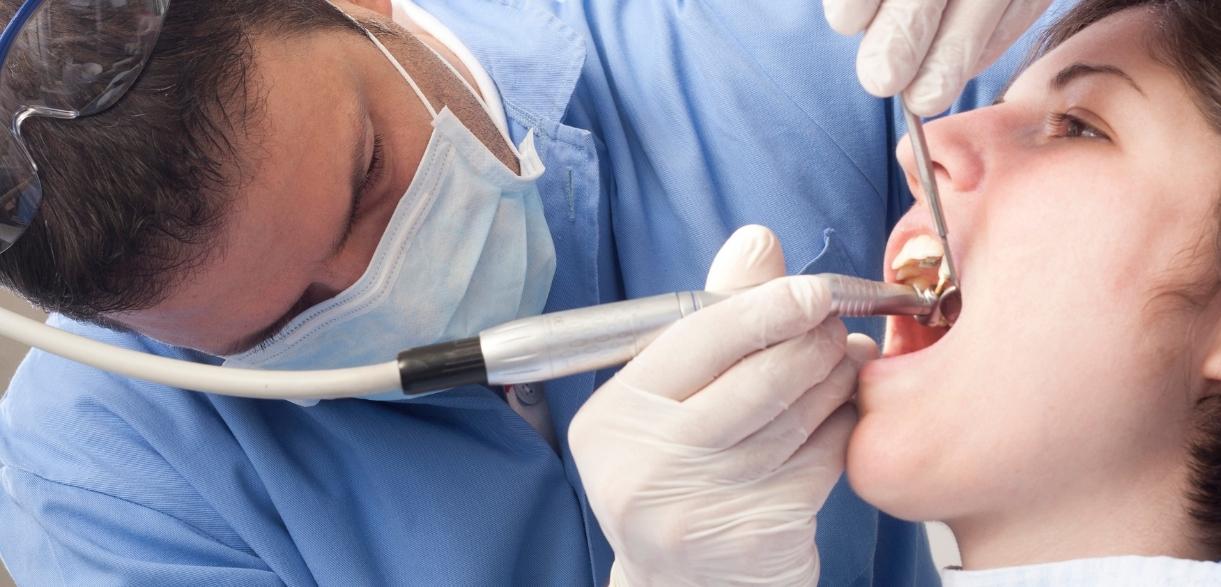Pay Online
Can You Get Invisalign With Wisdom Teeth?

Are you thinking about straightening your teeth but worried about your wisdom teeth? Many wonder if they can get an Invisalign with wisdom teeth still in place. The short answer is yes, but it depends on your situation. Whether your wisdom teeth are impacted, erupted, or causing problems can influence how your Invisalign treatment progresses. Let’s break it down so you know what to expect and how to make the best decision for your smile.
Do Wisdom Teeth Affect Invisalign Treatment?
It’s a common concern: can those third molars, often called wisdom teeth, interfere with the process of Invisalign? The truth is that wisdom teeth don’t always need to be removed before starting your Invisalign journey. They may not impact your treatment without causing issues like overcrowding or pain. In some cases, wisdom teeth stay in place, and you can still achieve straight, aligned teeth through Invisalign.
However, wisdom teeth can occasionally cause complications, like shifting other teeth. If they’re growing sideways or not fully erupting, this can lead to overcrowding, which may need to be addressed before moving forward with Invisalign. Your dentist or orthodontist will assess the situation to ensure your treatment goes smoothly.
Should You Remove Your Wisdom Teeth Before Invisalign?
So, do you need to remove your wisdom teeth before starting Invisalign? Only sometimes. You can usually proceed with treatment if your wisdom teeth aren’t bothering you or causing noticeable crowding. However, if there are signs of overcrowding or discomfort or your wisdom teeth are likely to cause problems later, your orthodontist might recommend removing them before beginning.
Sometimes, wisdom teeth removal may be delayed until after your Invisalign treatment. It’s important to consult your dentist or orthodontist for a thorough evaluation. They will consider how your wisdom teeth may impact the movement of your other teeth during Invisalign treatment.
How Invisalign Works with Wisdom Teeth?
Invisalign uses a series of custom-made, clear aligners to shift teeth into their ideal positions gradually. Each set of aligners applies gentle pressure to move the teeth over time. The process is generally the same whether you have wisdom teeth or not.
When your wisdom teeth are not impacted or causing problems, they won’t interfere with the aligners. The aligners focus on shifting the teeth that need to be corrected. Wisdom teeth typically don’t require movement, especially if they are far back in the mouth. Your orthodontist will design your Invisalign plan based on the current state of your teeth, factoring in the position of your wisdom teeth.
What If Your Wisdom Teeth Erupt During Invisalign?
There’s a chance your wisdom teeth may start to erupt during your Invisalign treatment. While this might sound concerning, it doesn’t necessarily mean your treatment will be disrupted. If the wisdom teeth come in without causing crowding or discomfort, your aligners may still fit properly.
But adjustments might be necessary if your wisdom teeth erupt and cause shifting or pain. Sometimes, a new set of aligners can be made to accommodate changes in your mouth. Alternatively, your orthodontist may recommend removing the wisdom teeth to prevent further complications.
Regular check-ins with your orthodontist are crucial during this time. They’ll monitor the situation closely and make adjustments if needed. This way, you can stay on track with your treatment and avoid unnecessary delays.
Are There Benefits to Starting Invisalign Before Wisdom Teeth Removal?
There are some potential benefits to starting Invisalign before your wisdom teeth are removed. For instance, if your wisdom teeth aren’t causing issues, beginning treatment can help straighten the rest of your teeth sooner. This may lead to a better overall bite and alignment, making the wisdom teeth easier to manage.
Additionally, starting invisalign with wisdom teeth still in place allows your orthodontist to track how your wisdom teeth might affect your alignment. If problems arise, they can adjust your treatment or recommend a later extraction. This flexible approach can benefit many patients who want to begin their smile transformation sooner rather than later.
What to Expect from Your Consultation
Your journey with Invisalign starts with a consultation. During this meeting, your dentist or orthodontist will evaluate your teeth, including the position and health of your wisdom teeth. They’ll take X-rays and scans to see if your wisdom teeth might affect the treatment.
This consultation is your chance to ask questions and discuss concerns about your wisdom teeth. Whether you’re experiencing pain, crowding, or other issues, your dentist will create a personalized treatment plan to suit your needs. If your wisdom teeth are impacted or likely to cause problems in the future, extraction may be recommended before starting Invisalign. So book an appointment with your dentist for assistance.
Post-Invisalign Wisdom Teeth Removal
If your wisdom teeth are removed after completing Invisalign treatment, it won’t undo your progress. However, due to the extra space in your mouth, your teeth may shift slightly after removal, which is where retainers come in. Retainers will keep your teeth corrected while your gums heal after the procedure.
Sometimes, your orthodontist may design a special retainer to accommodate the healing process. It’s important to wear your retainers as instructed to prevent any unwanted movement.
The decision to get Invisalign with wisdom teeth in place depends on your specific dental situation. For many people, wisdom teeth don’t interfere with treatment, and they can begin their journey toward a straighter smile without delay. However, in cases where wisdom teeth cause overcrowding or discomfort, extraction might be necessary for the best results.
The key is to consult your dentist or orthodontist and follow their recommendations. With the right plan, you can achieve the smile you’ve always wanted—wisdom teeth or not.
Just Follow a precise treatment plan and work closely with your orthodontist to straighten your teeth even with wisdom teeth present. Invisalign is a flexible option for many patients, and your orthodontist will guide you through the process to ensure the best possible outcome.





